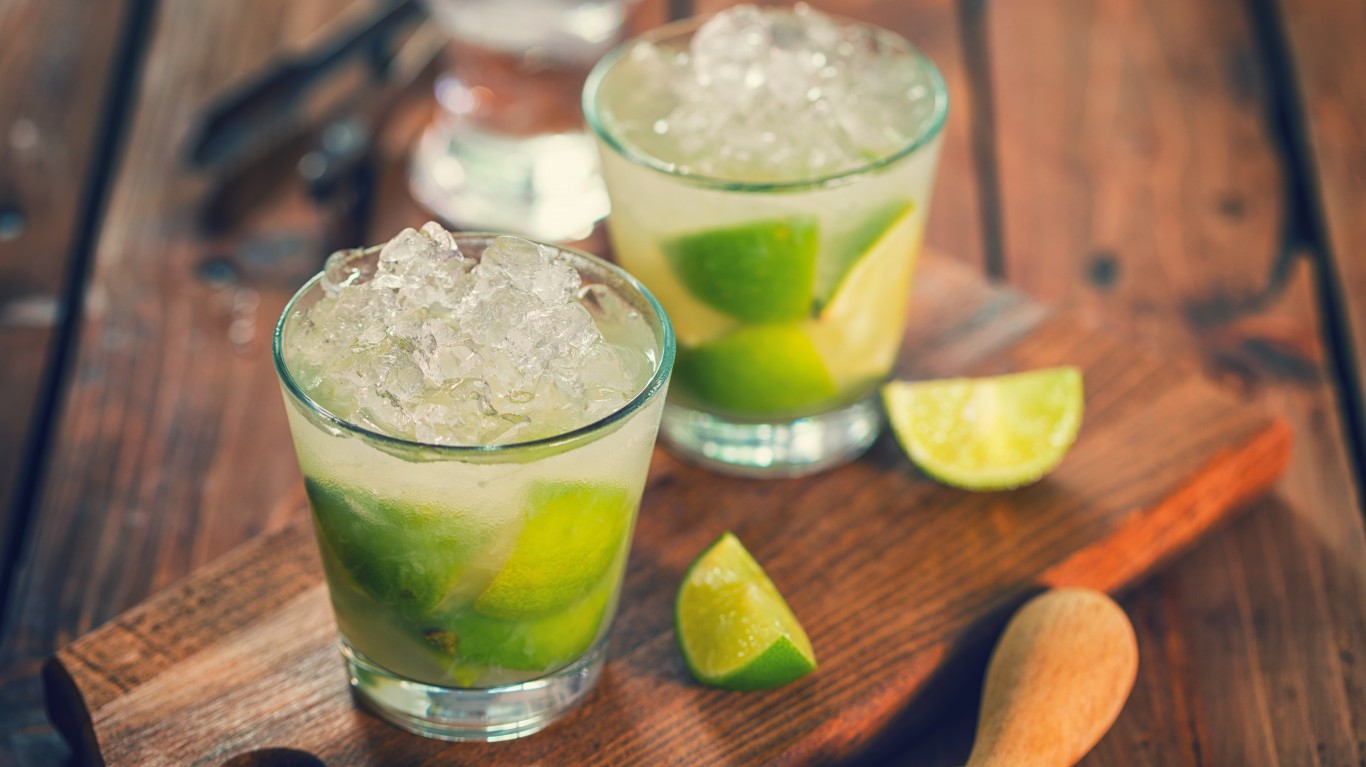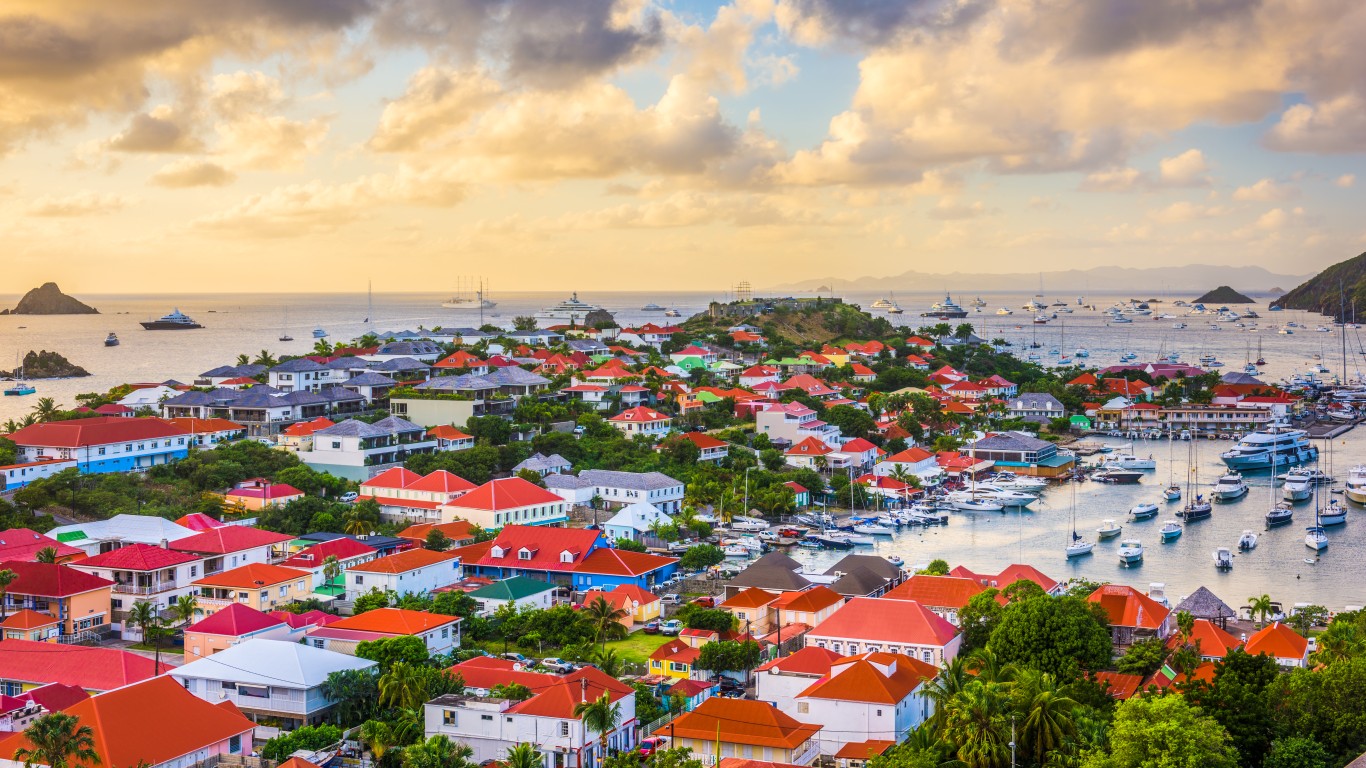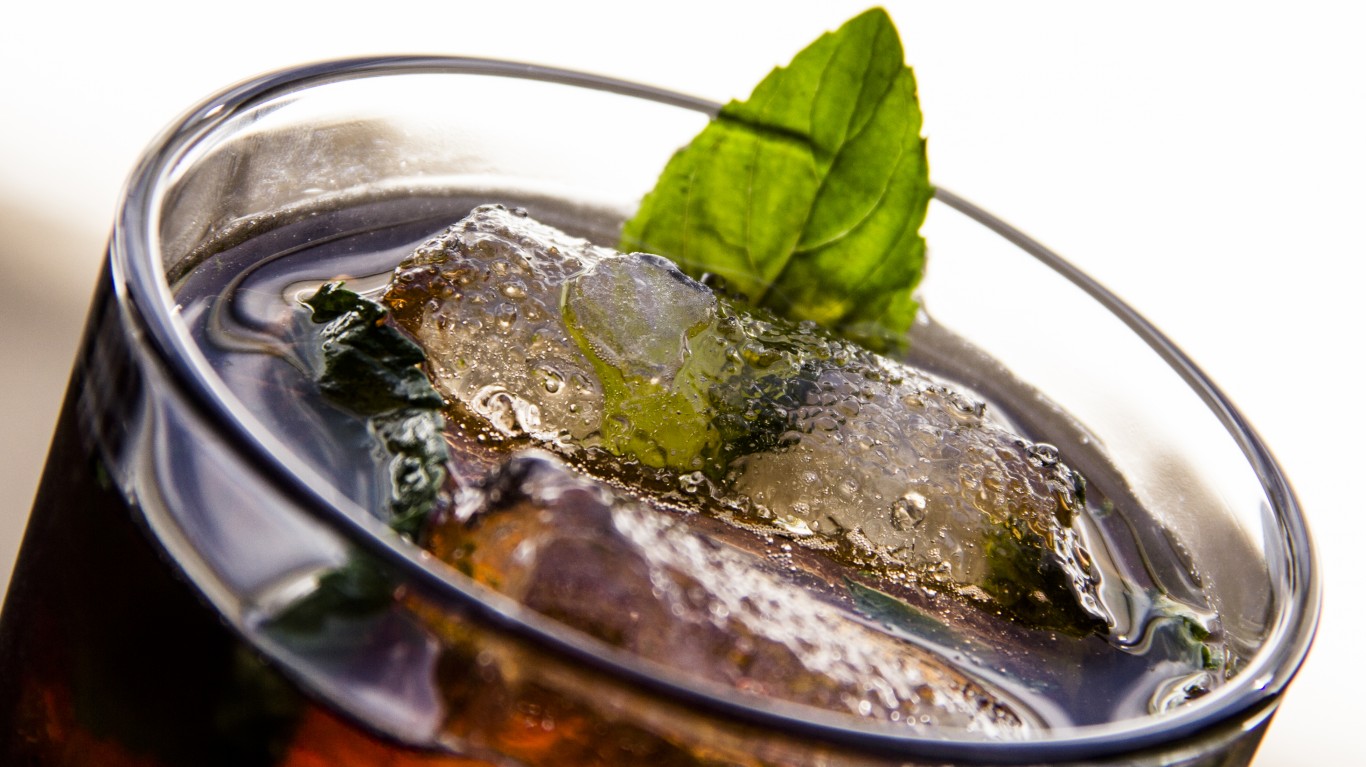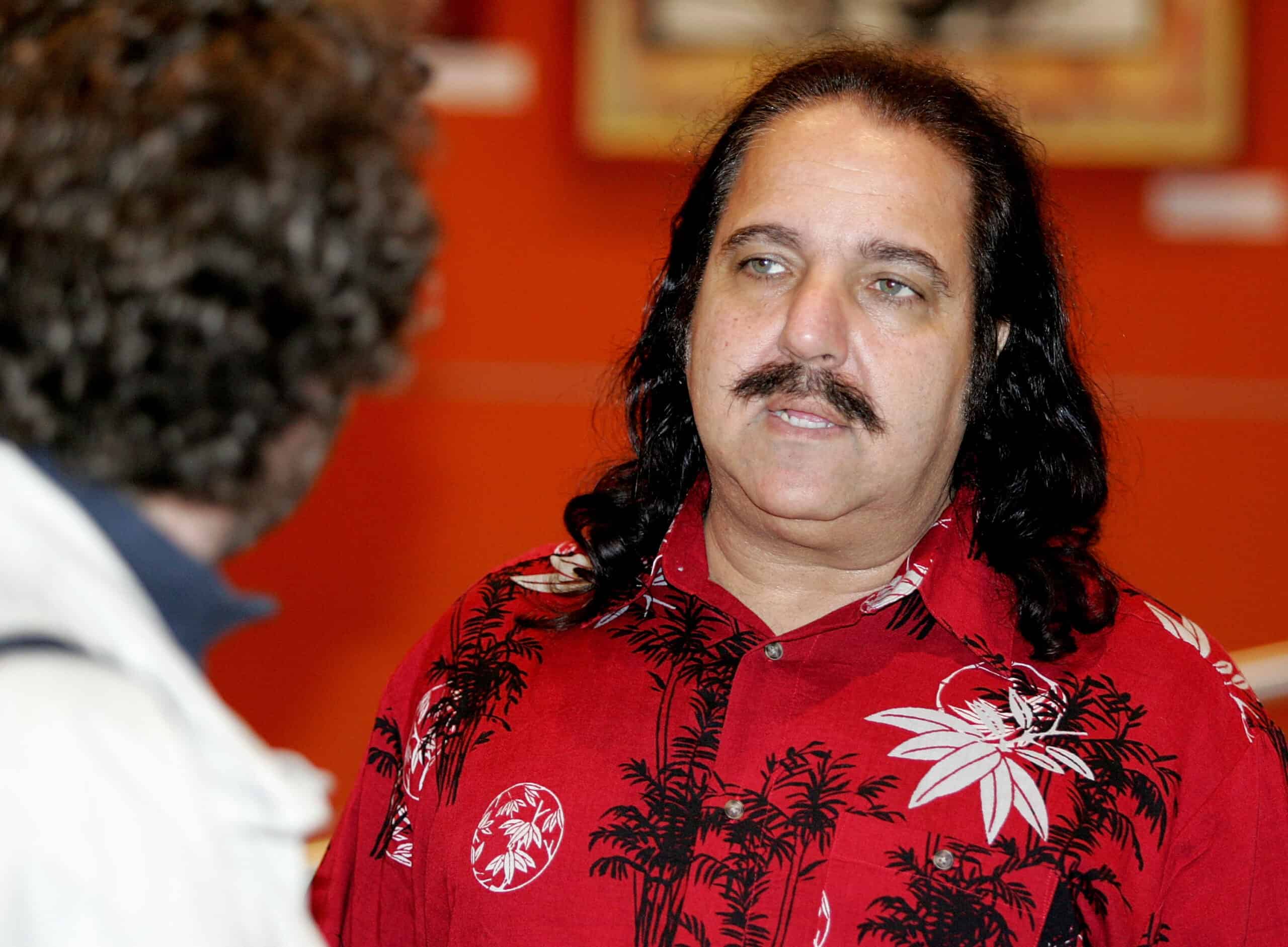
Typically, when adults think about Rum, images of Pirates are conjured up, and for centuries, the booze has been a staple worldwide.

Rum as we know it was invented in the Caribbean in about 1650 by enslaved people on sugarcane plantations, according to historical records, and is the oldest spirit that has been discovered. Originally called kill-devil or rumbullion, by 1667, the name had morphed to simply rum. Reports indicate that British sailors received regular rum rations from the 18th century until 1970.
Rum is made from sugar.

Rums are typically made from molasses, which is what remains after sugar has been crystalized from sugarcane juice.
Many Rums are made in Puerto Rico and the Virgin Islands

Many rums are blended and then aged from one to four years. Those rums marketed as white-label types are light in color and somewhat milder in flavor; a gold-label rum has a more amber color and more intense, sometimes sweeter flavor, resulting from a longer aging process and the addition of caramel.
The Cuba Libre became popular in America.

Created in Cuba in the early 1900s, according to legend, the drink became extremely popular shortly after the turn of the century when Coca-Cola was first imported into the island nation. To this day, the cocktail known as Rum and Coke is one of the most popular worldwide. Cuba Libre translates to “Free Cuba.”
There are more brands of Rum than most people think

Over 80 countries produce some rum, and it is estimated that there are 300 varieties from around the world, with the bulk being distilled in the Caribbean.
We counted on the experts to tell 24/7 Wall St. what the worst Rums were

We decided to scour the internet looking for the worst rums, and it became apparent after reading numerous blogs and websites that the experts tend to agree that these are indeed among the worst you can buy.
Here are five rum brands to avoid at all costs:
Heaven Hill

Reviewers called this brand’s low dollar ($9 for 1.75 liters) offering a very cheap rot gut; according to the experts, it also tastes like it. Even though some of the company’s rums cost as much as $399.99, their low-price offering is easy to avoid. It is made in Louisville, Kentucky, a region much more famous for bourbon than rum.
Bacardi Black/Carta Negra

Despite the Bacardi name, one reviewer said the rum had a mineral taste and wasn’t better mixed with cola. While the company is one of the most famous and well-known rum producers, this specific brand should be avoided at all costs, especially when you can’t even make a decent Cuba Libre.
Malibu Rum

This brand doesn’t have enough rum content, even technically, to be called a rum, but it is one of the sweet varieties that college kids and Generation Z drinkers love. Touted as the world’s number one rum-based coconut spirit, it is listed as a coconut-flavored liqueur and only as a “flavored rum” where the designation is allowed by local laws.
Ron de Jeremy – Hell or High Water Rum

It is much more expensive than most and not worth the price. Reviewers cited that it had too much sugar, and the rum had no spice, vanilla, or oak flavors. This rum was initially named after Ron Jeremy, who was charged with serious crimes. The new name is Hell or High Water Rum. Collectors are still trying to secure bottles as the older ones have Mr. Jeremy’s face on them.
Papa’s Pilar 24 Dark Rum

Inspired by Ernest Hemingway, most reviewers felt the rum was too sweet and sugary. Made in Mr. Hemingway’s beloved Key West, Florida, at a distillery near where he used to dock his boat, “The Pilar,” the brand is not as well known as the legacy of Ernest Hemingway. Another downside is that some of the company’s brands under the Papa Pilar label are expensive.
The good news is that many incredible rum brands are outstanding in hot or cold beverages. Typically, one of the best places to look for quality rums is at the liquor store. Most giant retailers like Total Wine & More usually have specialists in each booze category, and they can show you the best products in all price ranges.
Get Ready To Retire (Sponsored)
Start by taking a quick retirement quiz from SmartAsset that will match you with up to 3 financial advisors that serve your area and beyond in 5 minutes, or less.
Each advisor has been vetted by SmartAsset and is held to a fiduciary standard to act in your best interests.
Here’s how it works:
1. Answer SmartAsset advisor match quiz
2. Review your pre-screened matches at your leisure. Check out the advisors’ profiles.
3. Speak with advisors at no cost to you. Have an introductory call on the phone or introduction in person and choose whom to work with in the future
Thank you for reading! Have some feedback for us?
Contact the 24/7 Wall St. editorial team.





